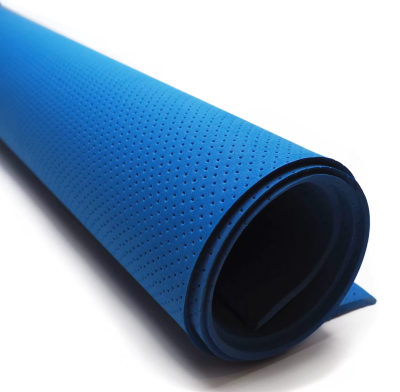Categories
Tags
-
#Skin Analysis Technology
#MC88
#MC10
#Iron Entrance Doors
#Thermowood
#Medical Curtains
#Skin Whitening
#Laser Beauty Lamps
#Regular Carbon Cleaning Services
#Salad Bowls
#Custom Curtains
#Modified Atmosphere Packaging Machines
#Custom Steel Processing
#Brass Bolts
#Boring Heads
#Fasteners
#Leg Massager
#CPUs
#Misting Systems
#Stainless Steel Tile Trims
#Electric Pressure Washers
#Picture Book Printing
#Gaskets
#Forklifts
Archives
What Safety Standards for EVA Foam in Kids’ Toys
-
In an era where safety is paramount, the materials used in children’s toys are under constant scrutiny. One such material that has gained popularity is EVA foam. Known for its lightweight, flexible, and durable properties, EVA foam is an ideal choice for crafting toys that are not only fun but also safe for children. However, the question arises: what safety standards must be adhered to when using EVA foam in children’s toys? This article delves into the essential safety regulations and guidelines that ensure the safe use of EVA foam in the toy industry.
Understanding EVA Foam and Its Benefits
EVA foam, or Ethylene Vinyl Acetate foam, is widely recognized for its soft texture and resilience. Its non-toxic nature makes it suitable for children’s products, providing a safe play environment. When manufacturers choose EVA foam for toys, they benefit from its shock-absorbing qualities, which help prevent injuries during play. Additionally, EVA foam is easy to clean and maintain, making it a practical choice for parents. However, the advantages of EVA foam extend beyond its physical properties; understanding and complying with safety standards is crucial to ensure that these toys are safe for children.Key Safety Standards for EVA Foam Toys
When it comes to children’s toys, several safety standards must be met, particularly those concerning materials like EVA foam. The American Society for Testing and Materials (ASTM) provides guidelines that manufacturers must follow to ensure toy safety. ASTM F963 is a critical standard that outlines safety requirements for toys intended for children under 14 years old. This standard includes tests for mechanical hazards, flammability, and toxic substances, ensuring that EVA foam toys do not pose risks to young users.In addition to ASTM standards, compliance with the Consumer Product Safety Improvement Act (CPSIA) is mandatory. This act mandates that toys must be free from harmful levels of lead and phthalates, substances that can be found in some EVA foam formulations. Manufacturers must conduct third-party testing to verify compliance, providing peace of mind to parents concerned about toy safety.
Global Safety Regulations
As the market for children’s toys expands globally, adherence to international safety standards becomes increasingly important. The European Union’s EN71 standard is one such regulation that governs toy safety across member countries. Similar to ASTM F963, EN71 outlines specific safety requirements for toys, including those made from EVA foam. Manufacturers aiming for international distribution must ensure their products meet these rigorous standards to avoid potential recalls and legal issues.Moreover, countries like Australia and Canada have their own safety regulations that align closely with international standards. Understanding these diverse requirements is essential for manufacturers who wish to export EVA foam toys, ensuring they remain compliant while reaching a broader audience.
Importance of Transparency and Certification
Transparency in the manufacturing process is vital for building trust with consumers. Manufacturers should provide clear information about the materials used in EVA foam toys, including certifications that demonstrate compliance with safety standards. Certifications from recognized organizations can enhance a product’s credibility, assuring parents that the toys are safe for their children.Additionally, manufacturers should engage in regular safety audits and testing to ensure ongoing compliance with evolving regulations. By prioritizing safety and transparency, manufacturers can foster consumer confidence and loyalty, which is essential in the competitive toy market.
In conclusion, the use of EVA foam in children’s toys offers numerous benefits, but it is imperative that manufacturers adhere to established safety standards. By complying with ASTM, CPSIA, and international regulations, they can ensure that their products are safe and reliable for children. The commitment to safety not only protects young users but also enhances the reputation of manufacturers in the marketplace. As parents seek safe and enjoyable toys for their children, understanding the safety standards surrounding EVA foam is crucial for making informed purchasing decisions.
